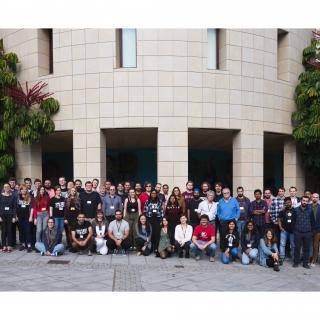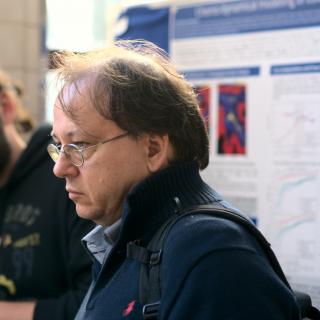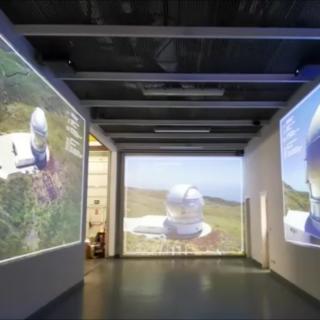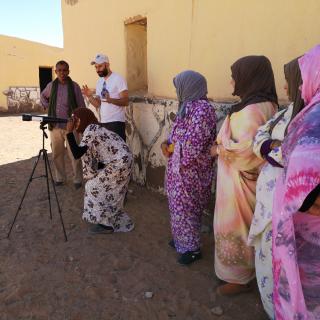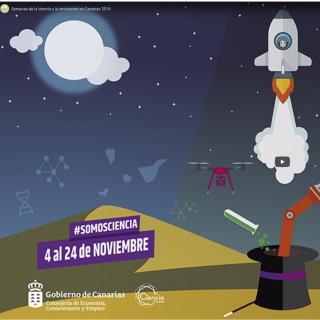
CAPTION: Composite view of particle ejection from the surface of asteroid Bennu on January 6, 2019. This image was produced by combining two exposures taken by the NavCam 1 imager: a short exposure (1.4 ms) showing the asteroid followed by a longer exposure (5 s) to show the particles. First results on the analysis of several particle ejection episodes imaged by the OSIRIS-REx spacecraft have been presented in a Science paper, co-authored by Julia de León and Javier Licandro of the Instituto de Astrofísica de Canarias (IAC). NASA’s OSIRIS-REx spacecraft arrived at asteroid Bennu on December
Advertised on
